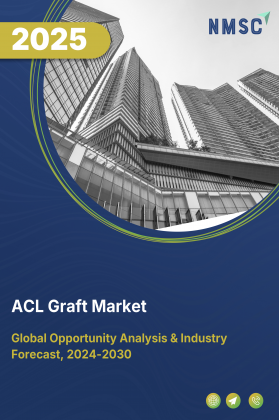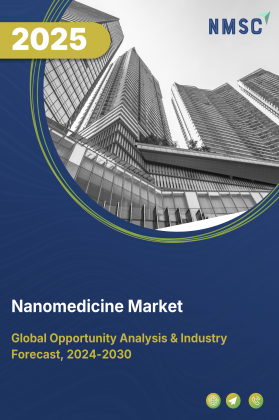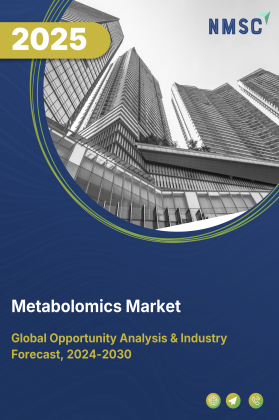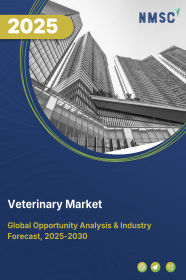
Veterinary Market by Products (Biologics, Pharmaceuticals, and Medicated Feed Additives), by Animal Type (Production and Companion), and by End-User (Veterinary Hospitals, Clinics Reference Laboratories, In House Testing and Others) – Global Opportunity Analysis and Industry Forecast – 2025–2030
Veterinary Market Overview
The global Veterinary Market size was valued at USD 118.73 billion in 2024 and is predicted to reach USD 172.76 billion by 2030 with a CAGR of 6.5% from 2025-2030.
The factors such as increasing number of pet adoption along with rising of serious parasitic disease boosts the market growth. However, high upfront costs in veterinary medicines hinders the market growth. On the contrary, higher consumption of clean meat and dairy product creates a future opportunity of the market. Moreover, top players such as Boehringher Ingelheim, Vyaan Lifesciences Private Ltd., Pranav Biotech, Novozymes are taking various initiatives such as partnership, and product launch in order to enhance their market positions and product offerings. These initiatives are expected to drive innovation and adoption of the veterinary industry.
Rising Number of Pet Adoption Boosts the Market Growth
The rise in the number of pet adoption drives the veterinary industry. As more people are adopting more pets, the demand for high quality veterinary treatment increases thereby increasing the market growth. World Animal Foundation reports that in 2023 alone, 4.8 million animals were adopted into homes. Such huge number in adoption of pets is poised to drive the need for a greater number of veterinarians, boosting the veterinary market expansion.
Rising of Serious Parasitic Diseases Drives the Market Growth
The rise in the number of serious parasitic diseases such as fleas, ticks, mites, and worms that affect pets, drives the demand of veterinary treatments thereby fuelling the growth of the veterinary industry. According to a report published by Animal Health Europe in April 2024, 1 in every 4 cats and 1 in every 7 dogs in UK have fleas. Additionally, 50.70% of cats tested positive for at least one parasite. So, to prevent such type parasitic infections there is hump in the pharmaceutical sectors of the veterinary industry driving the market growth.
Rising of Disposable Income Drives the Market Growth
Disposable income is rising around the world, and people spending on pets’ registers a phenomenal growth. People’s expenditure in essential veterinary products is substantially driving the demand for the growth of the veterinary industry. As cited by the World Population Review, household disposable income in Canada, UK, and Australia is captured at USD 34,241, USD 33,049, USD 97,433 respectively. The above trend of rise in household income in various countries outlines more economical stability and higher consumer readiness to invest in an efficient and advanced veterinary product fuelling the veterinary market growth.
Shortage of Veterinarians Hinders the Growth of the Market
Shortage of veterinarian in underdeveloped areas hinders the veterinary market demand. According to a report by Health for Animals, there will be a requirement of 41000 veterinarian by the end of the year 2030 to meet pet care needs, however the profession is on pace to fall 15000 shorts of this number, thereby hindering the growth of the market.
Higher Consumption of Fresh Meat and Dairy Products Creates Future Opportunity
Higher consumption of fresh meat and dairy products creates future opportunity for growth of the market. For example, global meat consumption is estimated to rise to nearly 73% by 2050 according to United Nations Food and Agriculture Organization. As societies are industrialised and incomes were grown, demand for nutrient-dense foods such as meat increases. Thereby, increasing the demand for clean meat, milk and other dairy products also creates future opportunities for the growth market.
Market Segmentations and Scope of the Study
The veterinary market report is segmented on the basis of products, animal types, by end user and region. On the basis of products, the market is divided into biologics, pharmaceuticals, and medicated feed additives. On the basis of animal type, the market in segmented into production and companion. On the basis of end user, the market is further segmented into veterinary hospitals, clinics reference laboratories, in house testing and others. Regional breakdown and analysis of each of the aforesaid segments includes regions comprising of North America, Europe, Asia-Pacific, and RoW.
Geographical Analysis
North America currently holds the highest veterinary market share and is likely to continue leading the market in the coming years. This is attributed to the strong established veterinary hospitals, more advanced veterinary clinics, and more veterinarians in countries such as the U.S. and Canada. For example, as stated by American Veterinary Medical Association, US employs 127,131 number of veterinarians, that is the highest by any other countries in the world. Such high number of veterinarians play a key role to drive the market growth.
Moreover, the presence of key market players such as Zoetis, Virbac, and others are further driving the innovation and growth of the market through various new launches and strategies. For instance, in December 2024, Zoetis Inc., one of the world’s leading animal health companies, launched its new screenless point of care haematology analyser, Vetscan Opticell at the veterinary meeting and expo in Orlando, Florida.
It is the first cartridge-based, AI powered diagnostic tool providing complete blood count (CBC) analysis. Such technological advancements in the industry fuels the growth of the market in the region.
Conversely, the Asia-Pacific region is the fastest growing area within the veterinary industry. This is particularly attributed to the quickly expanding livestock and poultry farming. In particular, the greater demand for meat, dairy, and poultry products is in turn driving investment in veterinary healthcare for livestock such as vaccines, feed additives and disease management.
For instance, a February report from the Institute for Agriculture & Trade Policy notes that China’s per capita poultry consumption has risen from less than 1kg to more than 9kg per person in a thirty-year time span. China’s poultry production is almost entirely chicken, at around 70% to 80 % of total poultry production.
Country's such as China, Vietnam, India and Thailand are putting an emphasis on animal health for production. China's substantial investment in poultry production propels the growth of the veterinary industry in the region by facilitating advancements in veterinary medical technologies.
Furthermore, the rising government initiatives in India is significantly driving the growth of the market as government is implementing strategic policies to support research and development of veterinary industry. For example, National Livestock Mission and National Disease Control Programme, these initiatives are launched with an aim of generation of employment through entrepreneurship development in the veterinary sector and for the control of Foot & Mouth disease and Brucellosis by vaccinating 100% cattle, buffalo, sheep, and pig population. Such initiatives by the government drives the veterinary industry.
Competitive Landscape
The veterinary industry comprises of various key market players that includes Zoetis, Merck Animal Health, Virbac, Phibro Animal Health, ADM Animal Nutrition, Dechra, Heska Corporation, Idexx laboratories, Elanco Animal Health, Vetoguinol, Allflex, Boehringer Ingelheim Vetmedica, Animalcare Group, Vetster Inc., Cargill Inc., and Pranav Biotech. These market players are adopting various strategies such as product launch and collaboration to maintain their dominance in veterinary industry.
For instance, in August 2024, Boehringer Ingelheim and Vyaan Lifescience Pvt. Ltd. Announced partnership for distribution rights of the former’s pet parasiticide product portfolio. This agreement was signed under Boehringer Ingelheim’s initiative, India Animal Health Accelerated Growth Plan (AGP), to increase their influence in the Indian and the global market.
Moreover, in October 2023, Pranav Biotech, a pioneering leader in veterinary industry launched Maropitine injection, an effective treatment for nausea and vomiting in pets. This innovative product effectively addresses a critical need in veterinary care offering a reliable treatment for motion sickness, chemotherapy induced nausea and post anaesthesia vomiting in companion animals. This launch will focus on creating a well-mannered treatment of pets by leveraging modern technology.
Key Benefits
-
The report provides quantitative analysis and estimations of the veterinary industry from 2025 to 2030, which assists in identifying the prevailing market opportunities.
-
The study comprises a deep-dive analysis of the current and future market trends to depict prevalent investment pockets in the market.
-
Information related to key drivers, restraints, and opportunities and their impact on the veterinary market is provided in the report.
-
Competitive analysis of the key players, along with their market share is provided in the report.
-
SWOT analysis and Porters Five Forces model is elaborated in the study.
-
Value chain analysis in the market study provides a clear picture of roles of stakeholders
Veterinary Market Key Segments
By Products
-
Biologics
-
Pharmaceuticals
-
Medicated Feed Additives
By Animal Types
-
Production
-
Companion
By End-User
-
Veterinary Hospitals
-
Clinics Reference Laboratories
-
In House Testing
-
Others
By Region
-
North America
-
The U.S.
-
Canada
-
Mexico
-
-
Europe
-
The UK
-
Germany
-
France
-
Italy
-
Spain
-
Denmark
-
Netherlands
-
Finland
-
Sweden
-
Norway
-
Russia
-
Rest of Europe
-
-
Asia-Pacific
-
China
-
Japan
-
India
-
South Korea
-
Australia
-
Indonesia
-
Singapore
-
Taiwan
-
Thailand
-
Rest of Asia-Pacific
-
-
Rest of the World
-
Latin America
-
Middle East
-
Africa
-
Key Players
-
Zoetis
-
Merck Animal Health
-
Virbac
-
Phibro Animal Health
-
ADM Animal Nutrition
-
Dechra
-
Heska Corporation
-
Idexx Laboratories
-
Elanco Animal Health
-
Vetoquinol
-
Allflex
-
Boehringer Ingelheim Vetmedica
-
Animalcare Group
-
Vetster Inc.
-
Cargill Inc.
-
Pranav Biotech
REPORT SCOPE AND SEGMENTATION:
|
Parameters |
Details |
|
Market Size in 2024 |
USD 118.73 Billion |
|
Revenue Forecast in 2030 |
USD 172.76 Billion |
|
Growth Rate |
CAGR of 6.5% from 2025 to 2030 |
|
Analysis Period |
2025–2030 |
|
Base Year Considered |
2024 |
|
Forecast Period |
2025–2030 |
|
Market Size Estimation |
Billion (USD) |
|
Growth Factors |
|
|
Countries Covered |
28 |
|
Companies Profiled |
15 |
|
Market Share |
Available for 10 companies |
|
Customization Scope |
Free customization (equivalent up to 80 working hours of analysts) after purchase. Addition or alteration to country, regional, and segment scope. |
|
Pricing and Purchase Options |
Avail customized purchase options to meet your exact research needs. |





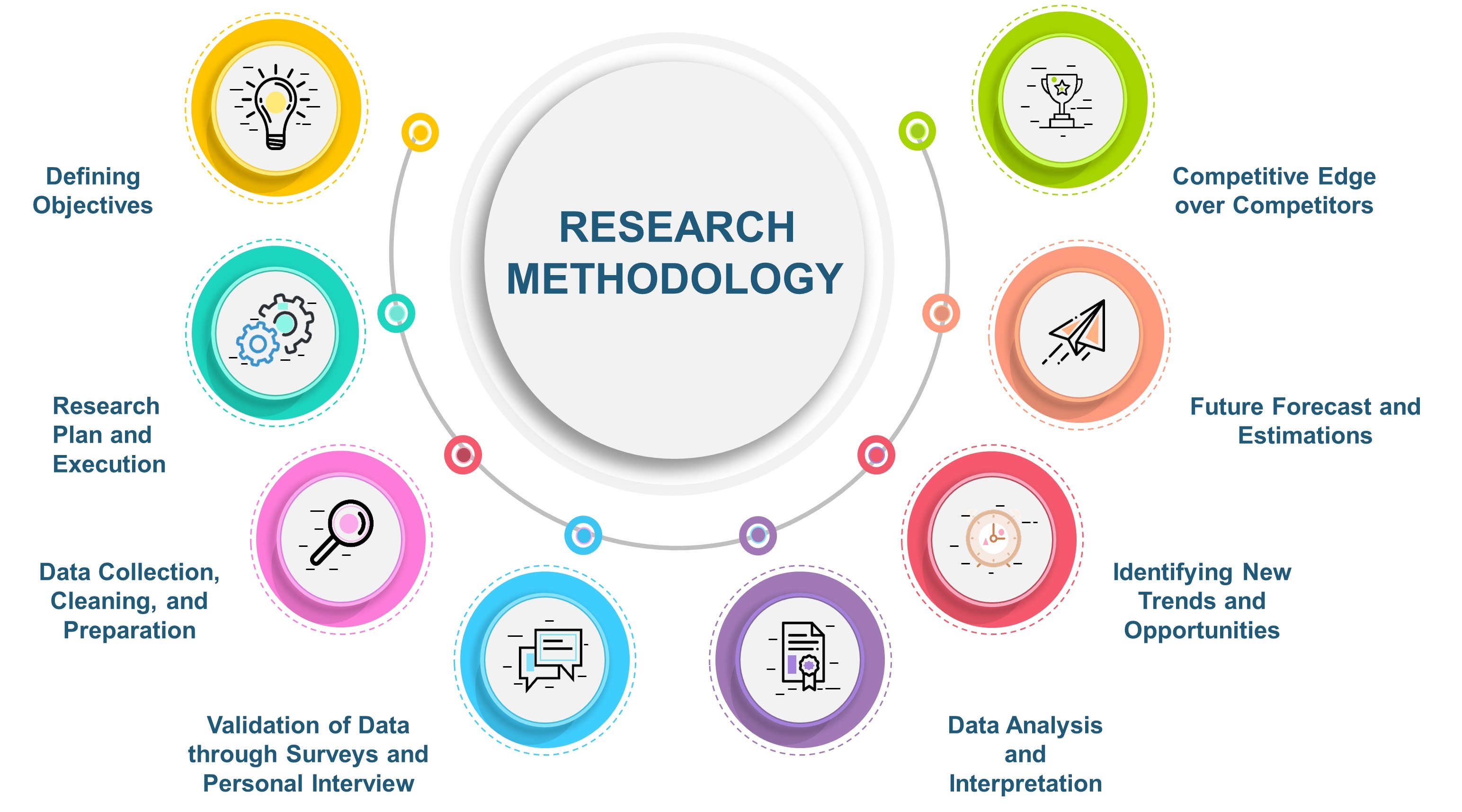
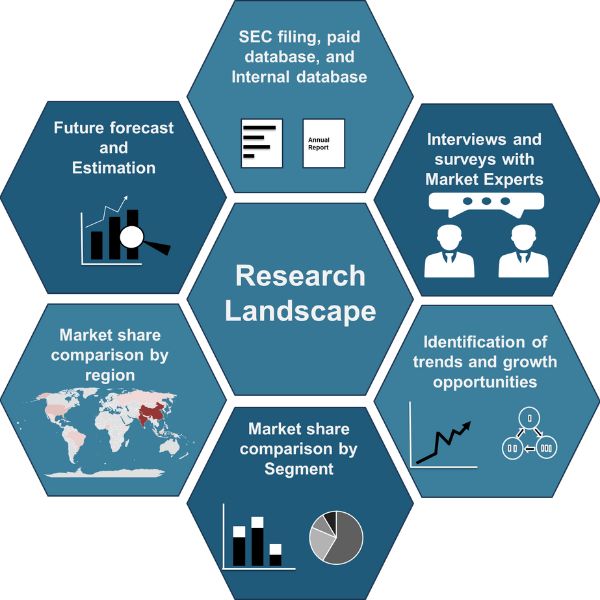
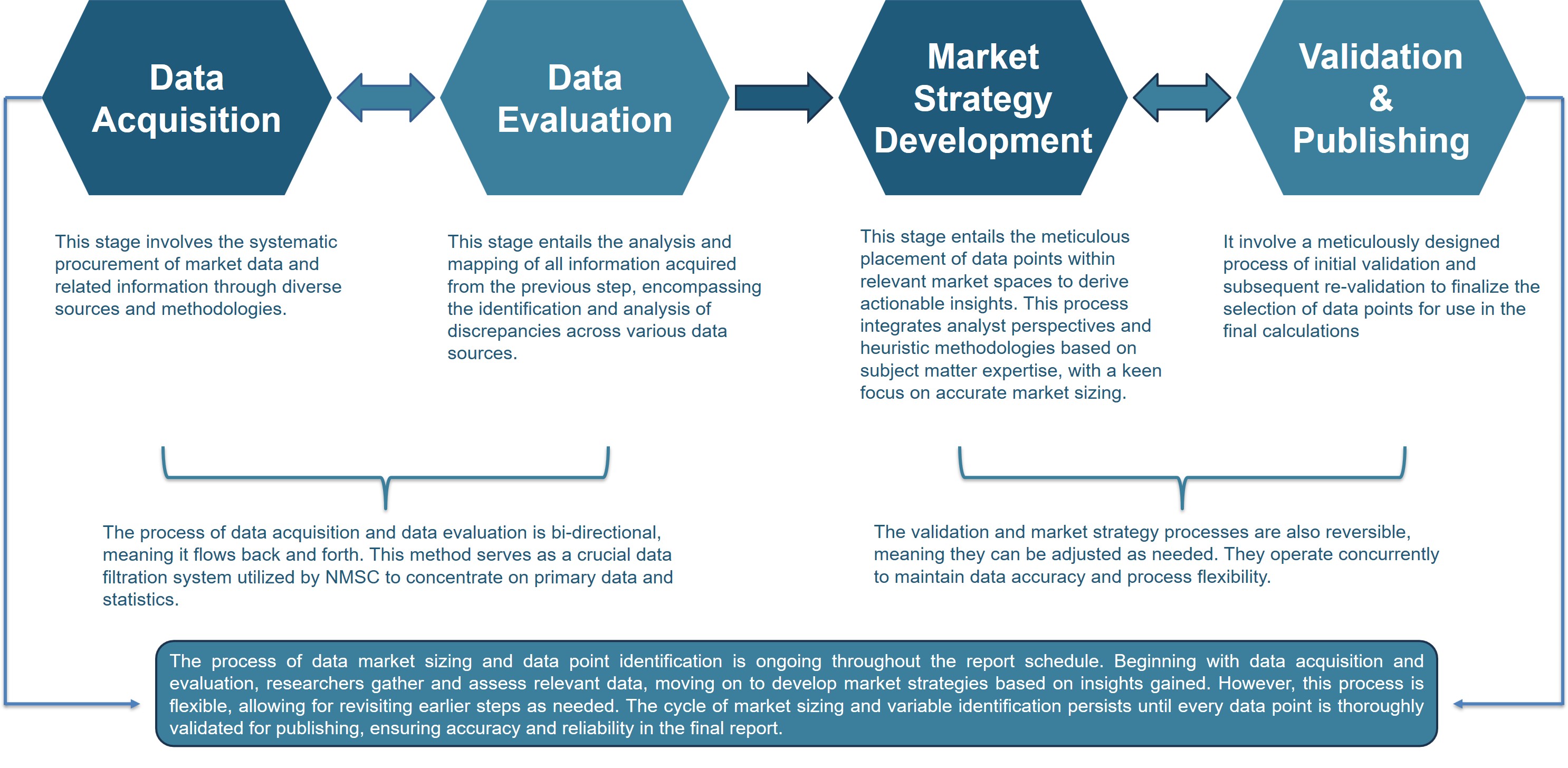
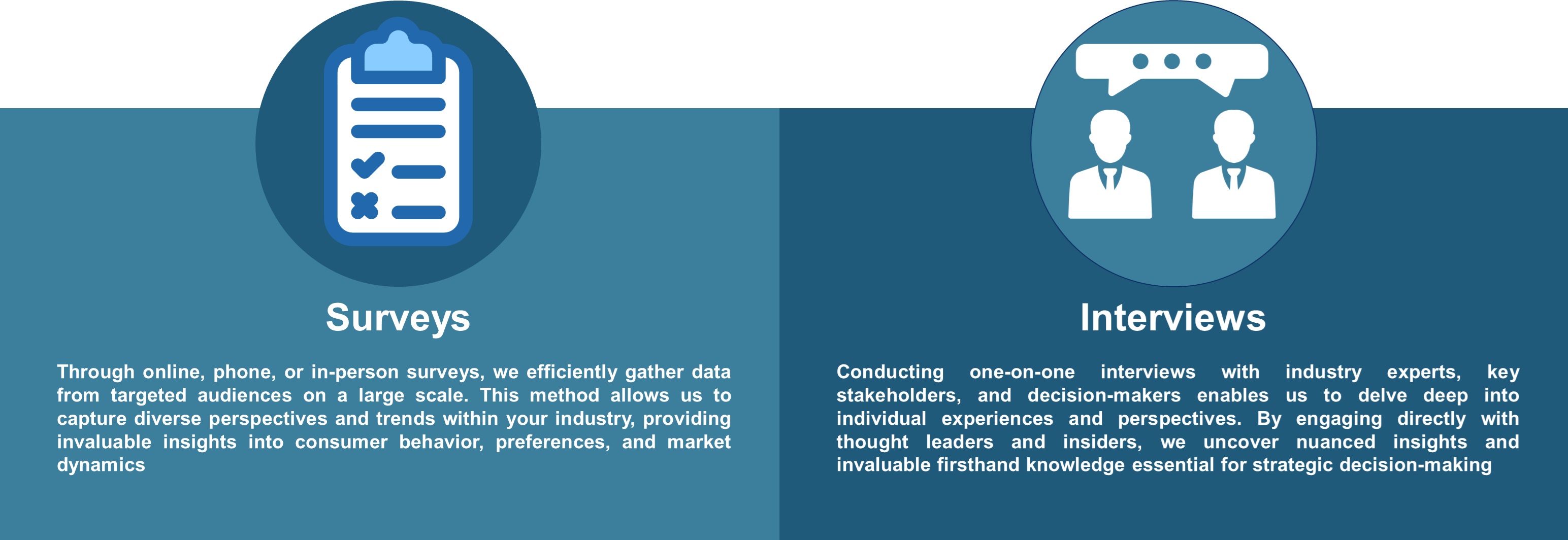


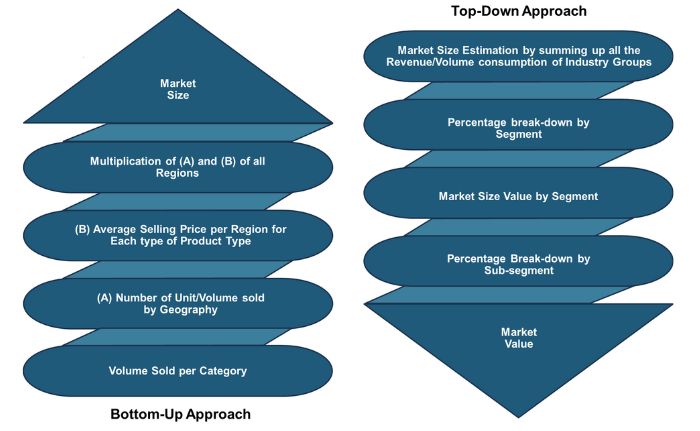
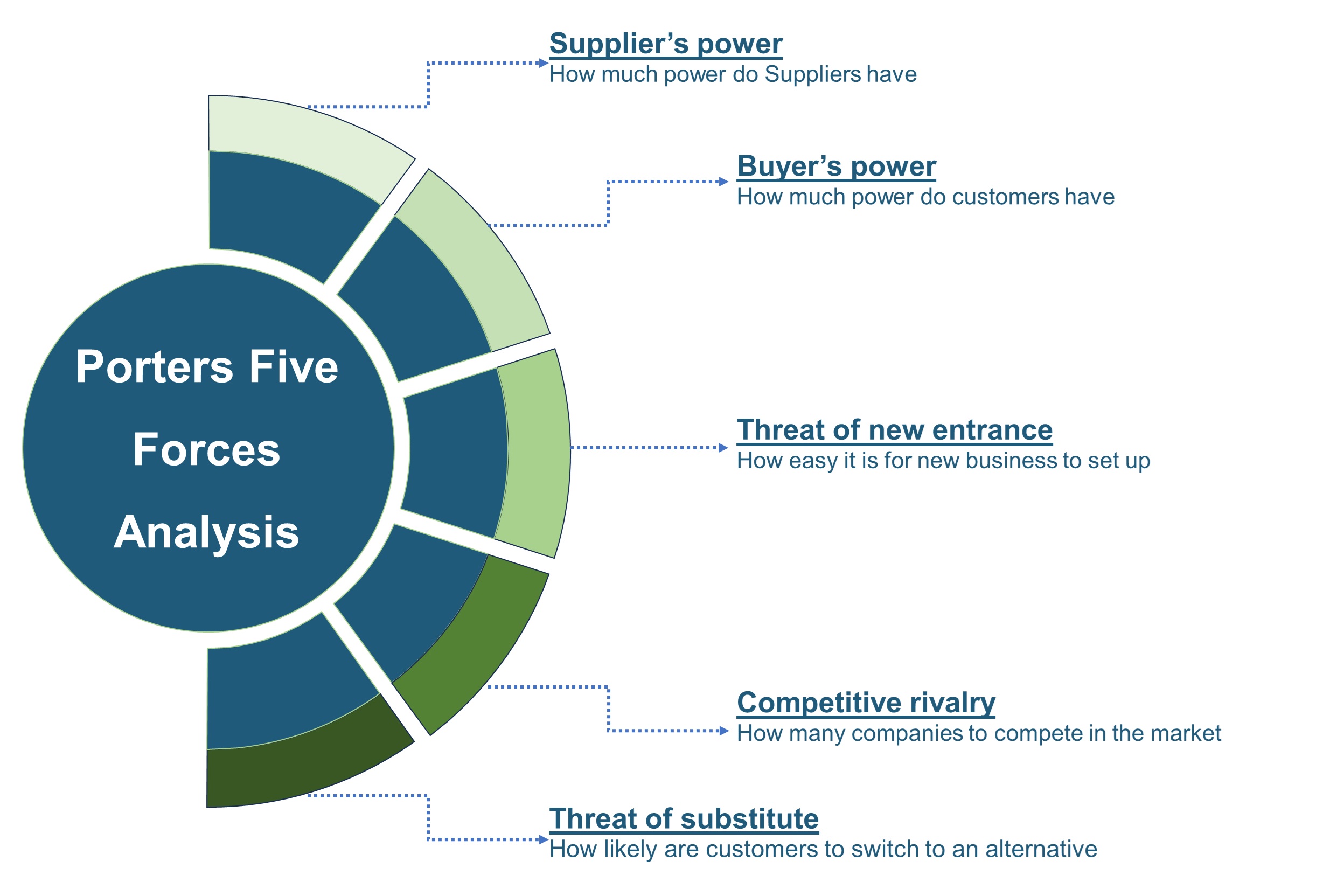
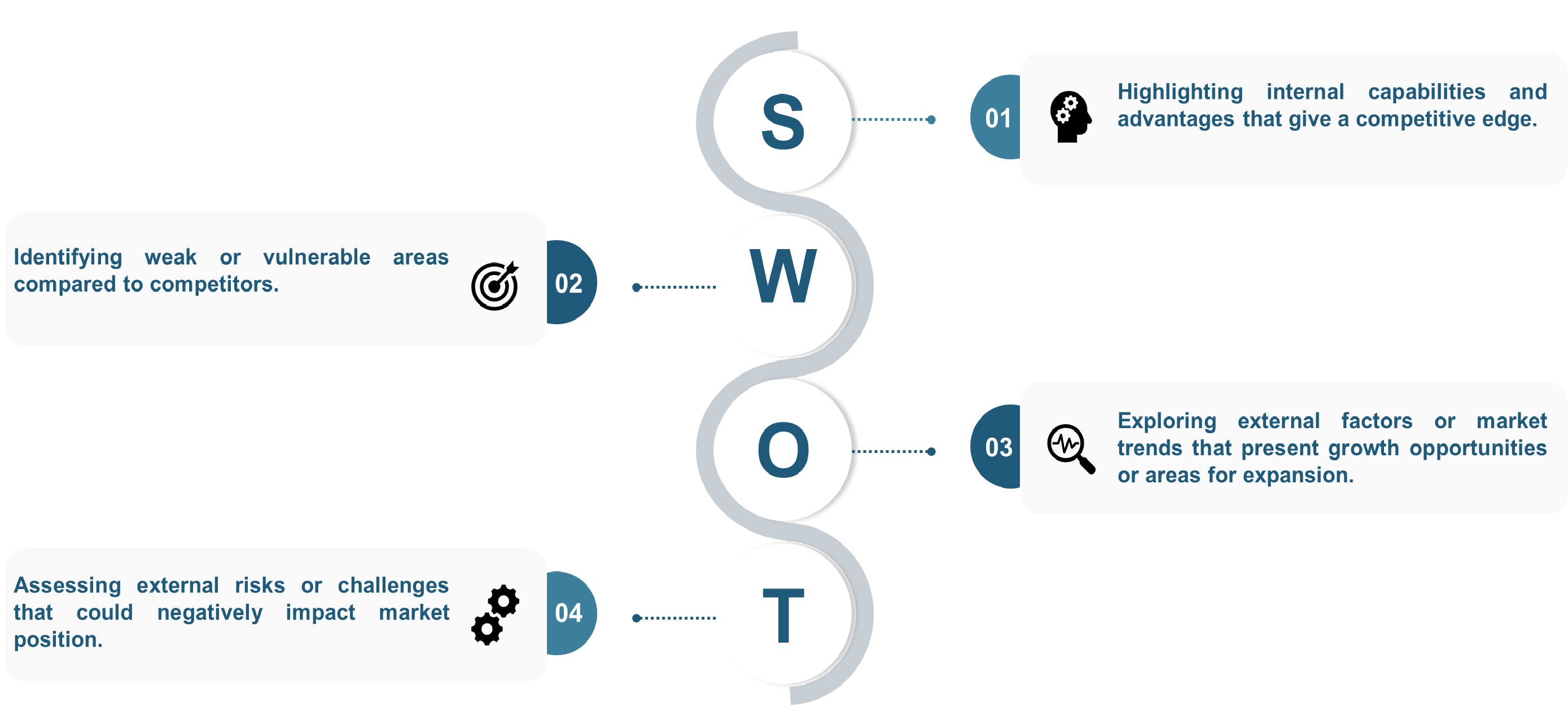
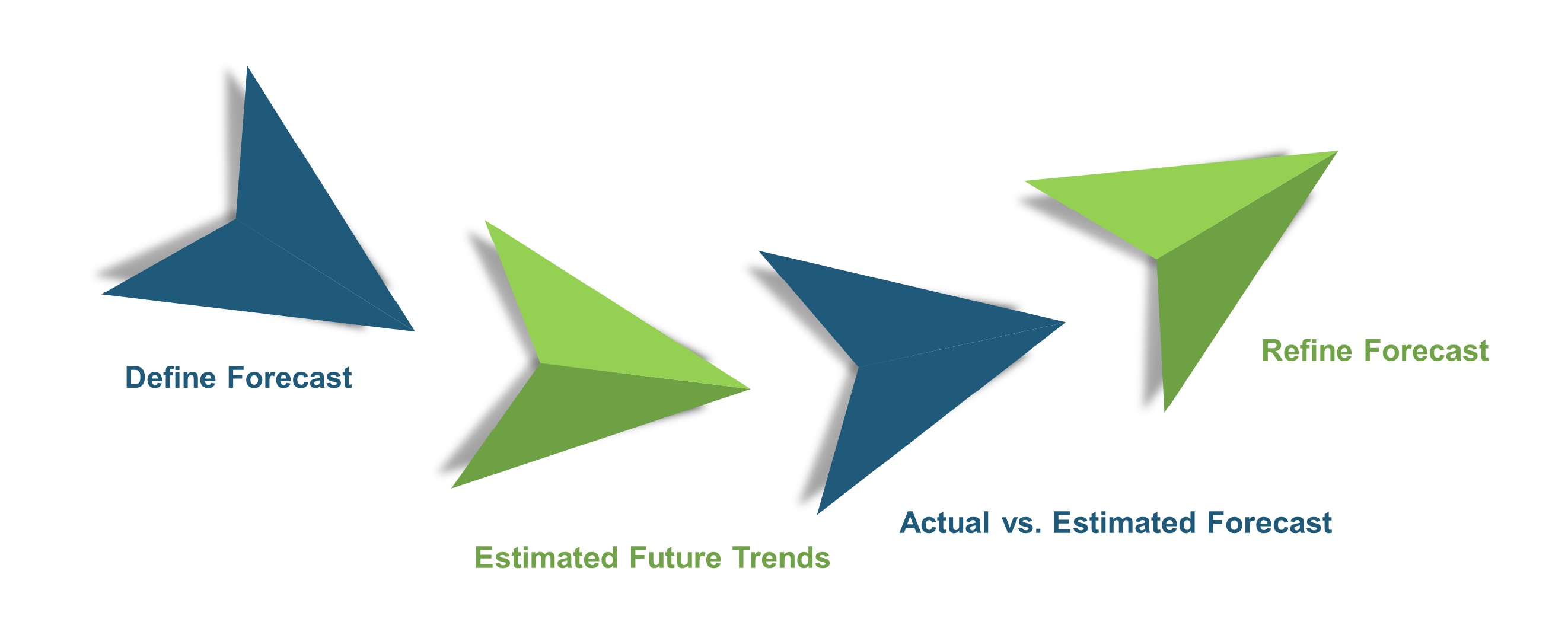





 Speak to Our Analyst
Speak to Our Analyst



